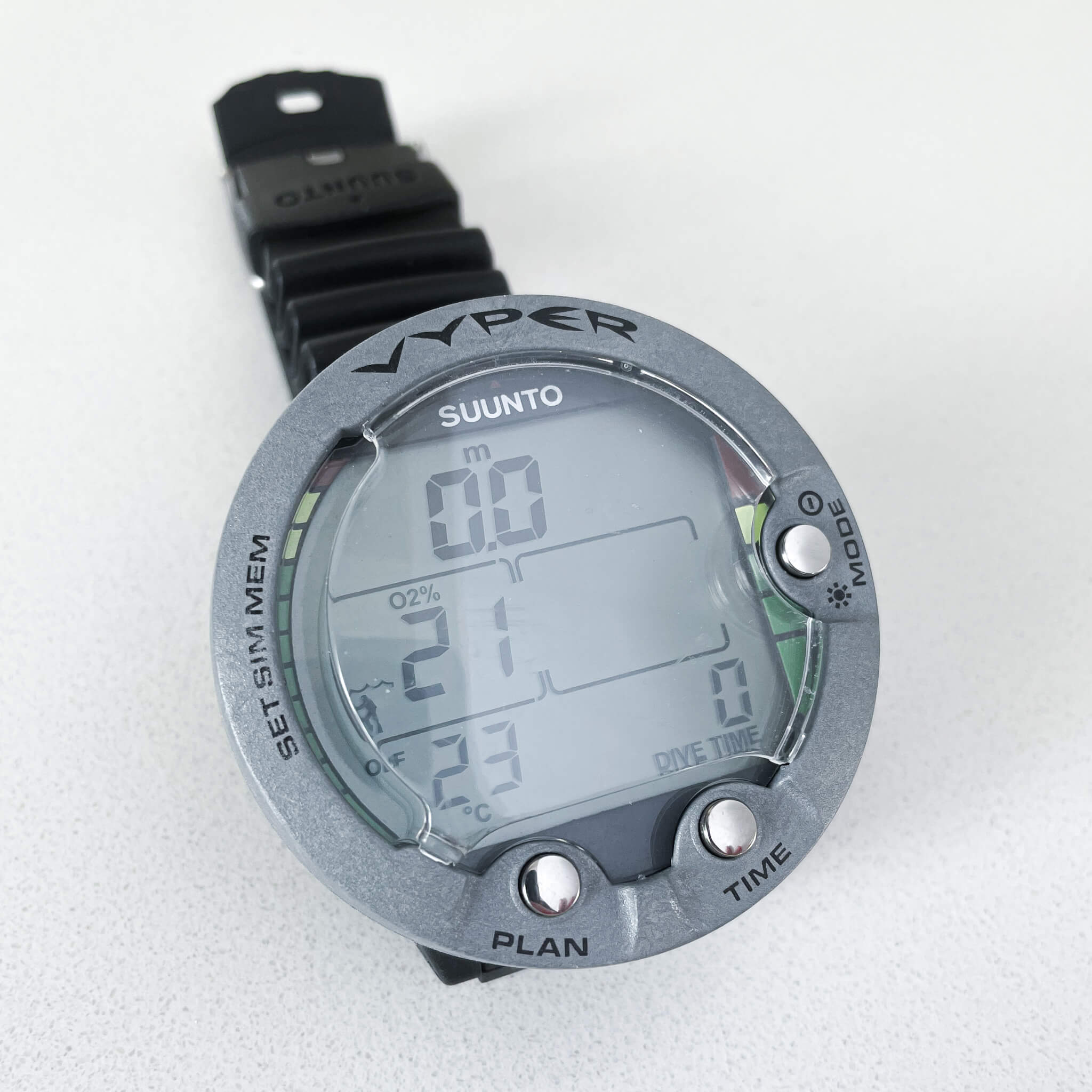Dive weekend - PADI Rescue Diver Certification.
I got my Open Water SCUBA certification when I was 15 years old. Since then I’ve been lucky to have many opportunities to dive, and slowly taken additional courses. This past fall I completed my PADI Rescue Diver certification. It was the most fun and rewarding SCUBA course I’ve taken so far.
—–
The in-water training took place over 2 days in the middle of September at a quarry west of Kitchener. The middle of September can be hit or miss weather wise, but it typically isn’t swimming weather in this part of Canada. Leading up to the weekend we had a few cooler days and cold nights hovering in the low single digits. Since I pretty much exclusively dive in seawater in warm destinations I had to change up my wetsuit & weight setup.
Because of the travel restrictions during the pandemic my last dives were almost 2 years ago. I hadn’t fired up my Suunto Vyper dive computer since my last dive in the Komodo Islands. I have over 50 dives logged on this computer and haven’t had to change the battery once. While reviewing my equipment a few nights before the dives my computer flashed a “LOWBAT” warning. While it may not be the latest in dive computers the Vyper is a seemingly indestructible workhorse. One of its other great qualities is how easy it is to perform a battery change. Kits are available online, but luckily my local dive shop had a battery replacement kit in stock. A kit comes with a battery and a new rubber gasket. The battery change process took me less than 10 minutes and doesn’t require any special tools. Something I didn’t realize until I took the device apart was that the rubber bumper is optional added protection. I think the Vyper looks much better without the rubber bumper, so I decided to leave it off for this set of dives.

With the right gear and my computer ready I was really looking forward to getting back in the water and learning new skills.
The gear
- BARE 7mm wetsuit
- Genesis LVX Mask
- Mares Volo Power Fins
- Sherwood Scuba Regulator
- Suunto Vyper Dive Computer
- Oceanic EX 100 BCD
- Aqualung Regulator & Octopus

Day one
Day one started at 10:00 am. We kicked the day off by meeting the other students and instructors in person. We spent time reviewing our own gear and getting familiar each other’s gear. Day one was focused on reviewing skills we learned in the classroom and repeatedly practicing them in various scenarios. A plastic clasp on my mask broke during one of the exercises, luckily I was able to make a temporary fix with a replacement strap. One piece of equipment I didn’t bring were gloves and by the second half of the day my fingers were starting to get a little numb. We pushed through, I ended the day feeling confident about what I learned and made a mental note to review my equipment for the second day.

Day two
Day two started at 10:00am. The forecasted high for the day was around 13C, I decided to wear a hood to help preserve some of my body heat in the water. The hood made a huge difference and despite the slight trade-off in mobility the extra warmth was worth it. On day two we focused on running through more involved scenarios. The weekend culminated in a complex exercise where we had to search for and recover an un-responsive diver in the water. This was sort of the “final exam” of the weekend, but it was my favourite exercise because it encompassed so much of the skills we had learned.
Working in buddy teams of two divers we set out in the last known location of the missing diver. Once we were overtop of their last known location, we reviewed our plan and agreed on our roles. We would descent down to the bottom, and perform a circular search for 5 minutes. The visibility in the quarry was poor, 6 feet at most. As we descended down to 20 feet or so, I grabbed my end of the rope and began my swim. My dive buddy was anchored at the other end of the line. About half way on my first rotation I located the missing diver. Swimming around behind them I cradled their tank between my knees and added a burst of air into my BC to begin our ascent. Controlling the ascent carefully we surfaced and my buddy and I began to tow the diver towards the shore. The other 2 members of our crew were on shore ready to assist with first aid while we waited for rescue to arrive.
The rescue course was a rewarding experience in learning new skills, but it also helped me learn a little bit about myself as a diver and prepare myself for situations I may encounter while enjoying the sport. It helped me learn how to assess potentially stressful and dangerous situations and react in a more controlled, thoughtful way. After the weekend I reflected on some experiences I had on previous dives and how my new skills would help me react more effectively.